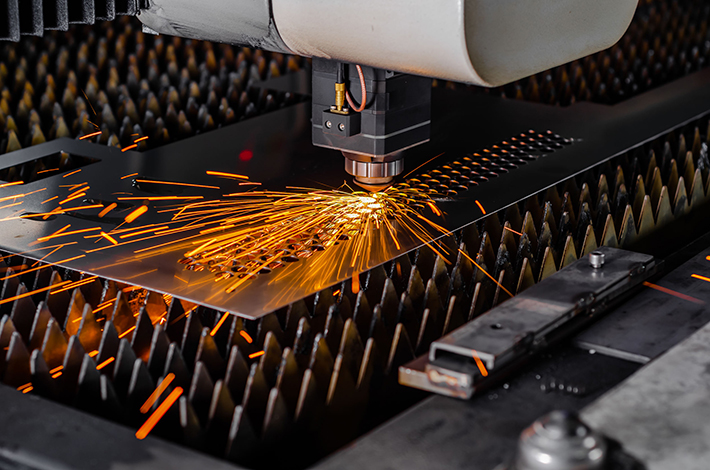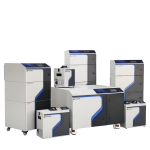During laser processing, different materials and processes can generate smoke, harmful gases, and odors.
1.Laser Cutting
Metal Cutting (stainless steel, aluminum, titanium, etc.)
Pollutants: Metal oxide particles (such as Cr₂O₃, Al₂O₃), nano-sized metal fume, and ozone (O₃).
Harmful Gases: Nitrogen oxides (NOₓ), and submicron particles from condensed metal vapor.
Non-metal Cutting (plastics, acrylic, wood, composites)
Pollutants: Carbon black particles, tar-like organic matter, and polycyclic aromatic hydrocarbons (PAHs).
Harmful Gases: Benzene derivatives (toluene, xylene), hydrogen chloride (HCl, when cutting PVC), and hydrogen cyanide (HCN, when cutting nitrogen-containing materials).
2.Laser Welding
Metal Welding (steel, copper, alloys, etc.)
Pollutants: Metal spatter particles and welding fume (containing heavy metals such as Zn and Pb).
Harmful Gases: Ozone (O₃), nitrogen oxides (NOₓ).
Plastic Welding
Contaminants: VOCs (such as formaldehyde and ethyl acetate) and carbonized particles from plastic decomposition.
3.Laser Marking/Engraving
Metal/Glass Marking
Contaminants: Microparticles (metal oxides and silicates) from surface ablation.
Plastic/Rubber Engraving
Contaminants: Volatile organic compounds (benzene and toluene) and irritating odors (from decomposition of sulfur- and chlorine-containing materials).
4.Laser Cleaning
Surface Rust Removal/Coating Stripping
Contaminants: Paint particles from stripping, metal oxide dust, and residual organic solvent vapor.







